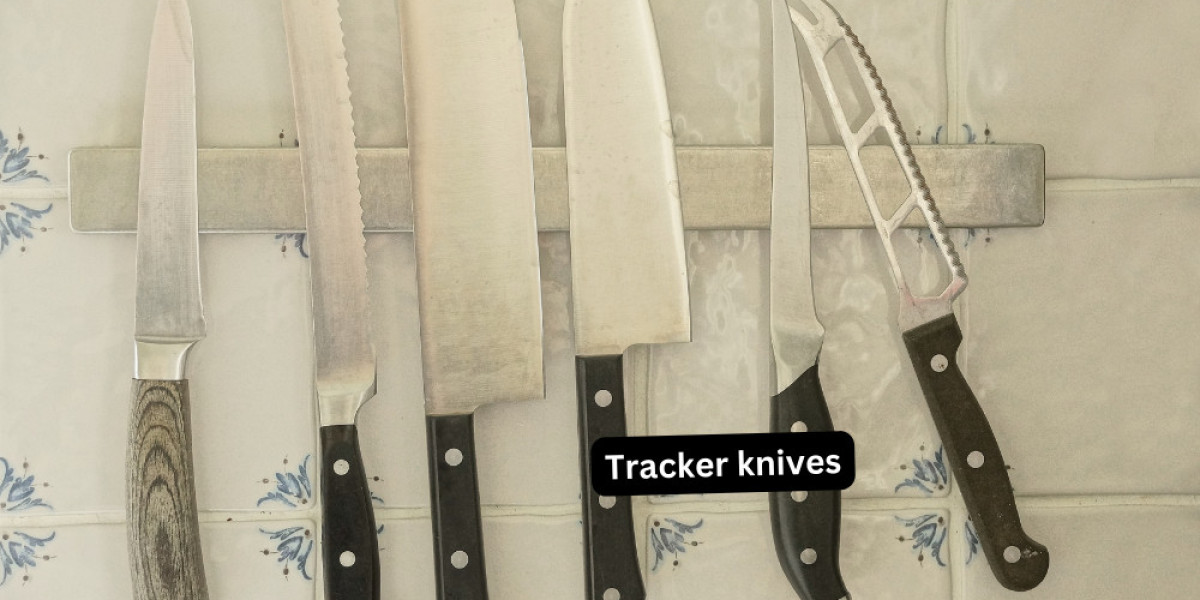Tracker knives have gained significant popularity among outdoor enthusiasts, survivalists, and hunters due to their unique design and versatility. These knives are not just tools; they are a blend of functionality, durability, and innovation. In this comprehensive guide, we will explore everything you need to know about Tracker knives from their history and design to their uses and maintenance.
History of Tracker Knives
Origins and Evolution
The concept of the tracker knife was popularized by Tom Brown Jr., a renowned survivalist and tracker. Inspired by his mentor, Stalking Wolf, Brown designed the first tracker knife to meet the demands of wilderness survival. The knife's design was influenced by the need for a multi-functional tool that could handle various tasks, from skinning game to chopping wood.
Popularity and Adoption
Over the years, the tracker knife has evolved, with various manufacturers producing their versions. Its popularity has grown among survivalists, hunters, and outdoor enthusiasts who appreciate its versatility and ruggedness. Today, tracker knives are considered essential gear for anyone venturing into the wilderness.
Design and Features
Blade Design
The most distinctive feature of a tracker knife is its blade design. The blade is divided into two main sections:
Front Section: This part of the blade is typically curved and sharp, ideal for skinning and precision cutting.
Rear Section: The rear section is thicker and more robust, designed for heavy-duty tasks like chopping and batoning.
Handle and Ergonomics
Tracker knives are designed with ergonomics in mind. The handle is usually made from durable materials like G-10, Micarta, or rubber, providing a secure grip even in wet conditions. The shape of the handle ensures comfort during prolonged use, reducing hand fatigue.
Full Tang Construction
Most tracker knives feature a full tang construction, meaning the blade extends through the handle. This design enhances the knife's strength and durability, making it capable of withstanding heavy use and abuse.
Uses of Tracker Knives
Survival Situations
In survival situations, a tracker knife is an invaluable tool. Its versatile blade allows for a wide range of tasks, including:
Building Shelters: The robust rear section of the blade can be used to chop wood and clear brush.
Preparing Food: The sharp front section is perfect for skinning game and preparing meals.
Making Fire: The spine of the blade can be used to strike a ferro rod, creating sparks to start a fire.
Hunting
For hunters, a tracker knife is an essential piece of equipment. Its design allows for efficient field dressing and skinning of game. The curved front section of the blade makes precise cuts, while the rear section can handle tougher tasks like breaking bones.
Camping and Outdoor Activities
Tracker knives are also popular among campers and outdoor enthusiasts. They can be used for various camp chores, such as cutting rope, preparing kindling, and even self-defense in emergencies.
Choosing the Right Tracker Knife
Blade Material
When selecting a tracker knife, consider the blade material. High-carbon steel is a popular choice due to its durability and ease of sharpening. Stainless steel is another option, offering resistance to rust and corrosion.
Handle Material
The handle material should provide a comfortable and secure grip. Look for materials like G-10, Micarta, or rubber, which offer excellent durability and grip even in wet conditions.
Size and Weight
Tracker knives come in various sizes and weights. Choose a knife that feels balanced and comfortable in your hand. A knife that is too heavy may be cumbersome, while one that is too light may not be as effective for heavy-duty tasks.
Maintenance and Care
Cleaning
After each use, clean your tracker knife thoroughly to remove any dirt, blood, or debris. Use warm soapy water and a soft brush to clean the blade and handle. Dry the knife completely to prevent rust and corrosion.
Sharpening
Regular sharpening is essential to maintain the knife's performance. Use a sharpening stone or rod to keep the blade's edge sharp. Pay attention to both the front and rear sections of the blade, as they serve different purposes.
Storage
Store your tracker knife in a dry place, preferably in a sheath to protect the blade and prevent accidents. Avoid storing the knife in a damp environment, as this can lead to rust and corrosion.
Conclusion
Tracker knives are more than just tools; they are a testament to innovation and versatility in the world of outdoor gear. Whether you're a survivalist, hunter, or outdoor enthusiast, a tracker knife can be your most reliable companion in the wilderness. Its unique design, durability, and multi-functionality make it an essential piece of equipment for anyone who values preparedness and self-reliance.
By understanding the history, design, uses, and maintenance of tracker knives, you can make an informed decision when choosing the right knife for your needs. With proper care and respect, a tracker knife can serve you well for many years, helping you tackle the challenges of the great outdoors with confidence and ease.
This guide provides a comprehensive overview of tracker knives, covering everything from their origins to their practical applications. Whether you're a seasoned outdoorsman or a beginner, this information will help you appreciate the value of a tracker knife and make the most of its capabilities.







